Music and Ethiopians have a lengthy history together. This link is made apparent by the variety of musical styles, instruments, and lyrics that capture the national identity. The Habesha people, who have rhythm in their blood, use a variety of traditional instruments to give their music its distinct sound. Ethiopia has a vibrant musical history and culture that are deeply ingrained in its prehistoric past. The nation has so far produced a large number of outstanding musicians who have enthralled listeners from all over the world with their distinctive fusion of sound and style. From contemporary performers such as Tewodros Kassahun (Teddy Afro) to the classic sounds of artists from Haile Selassie’s era, Ethiopian music has something for everyone. In this article, we will explore the origin, types, instruments, and artists of Ethiopian music, from its beginnings to its more recent developments.
Origin of Ethiopian Music
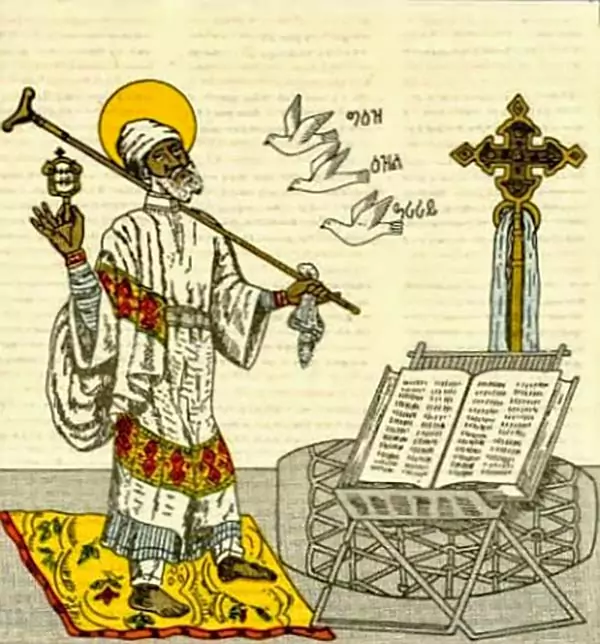
Ethiopian music traces its origins back to the ancient kingdom of Aksum, which flourished during the first centuries of the Common Era. With the establishment of the Ethiopian Orthodox Church in the fourth century AD, it became a means of expression for religion. Yared, the pioneer of Ethiopian church music, developed the church’s distinct musical aesthetic. His system is based on three core scales, or modes: tizita, bati, and ambassel, and these are still the basis for traditional Ethiopian music today. Each scale has its own distinct character and associated emotions, so that the three scales together provide a powerful emotional range for Ethiopian traditional music. Since Ethiopia had never been colonized, the country had been able to preserve its musical culture and associated instruments. However, with the rise of globalization, traditional Ethiopian music has been influenced by international musical cultures. Throughout its history, Ethiopia’s music has incorporated elements of both African and Western cultures, taking influence from the music of other parts of the world while maintaining its traditional essence.
Modern Ethiopian Music
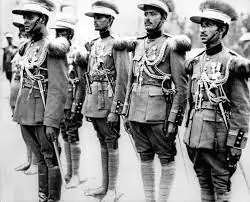
The first of Ethiopia’s bands was formed in the 1920s when Emperor Haile Selassie brought some Armenian orphans who were survivors of the Turkish Holocaust. Emperor Hailesselasie I then established what he called “The Bodyguard Band.” This band became the nucleus of the modern Ethiopian orchestra. This group was Ethiopia’s first recognized orchestra by 1924, and they gave their debut performance in front of the general public in 1931 at the coronation of the emperor. In rehearsals, they had to prepare the various national anthems of the invited foreign dignitaries.
Ethiopian music in the 1960s
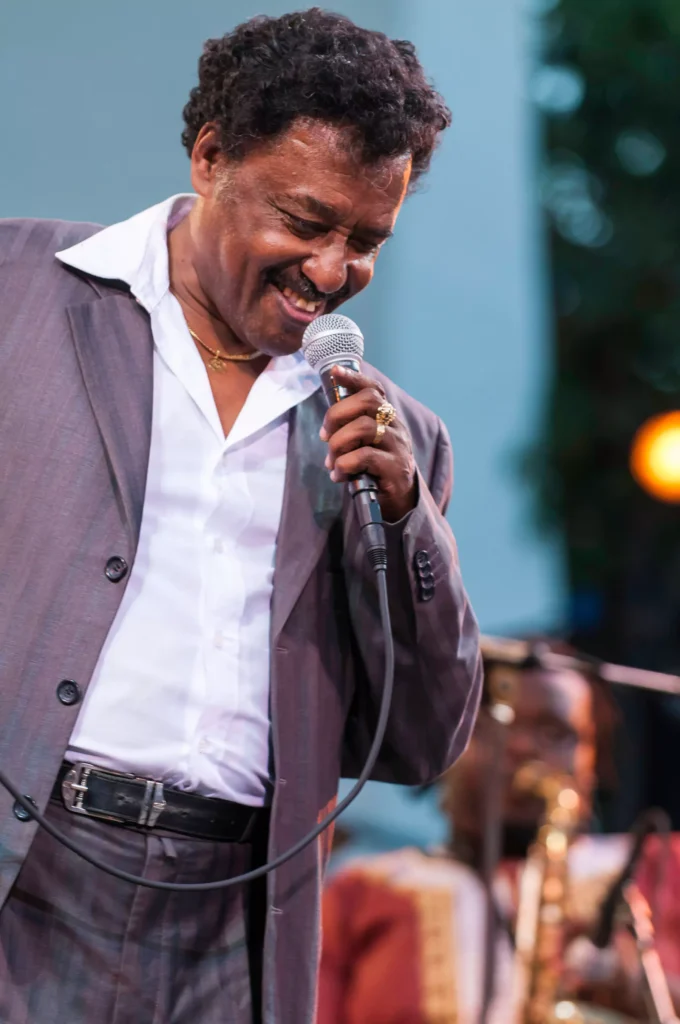
Ethiopian music in the 1960s was the golden age of modern Ethiopian music. A paradigm shift occurred in Ethiopian modern music during those years. Many people view this period as the renaissance of Ethiopian modern music because it gave prominence to some of the most talented musicians and music artists. Looking more closely at its development, we can witness a stunning shift from earlier generations’ traditional music to the contemporary musical sounds present in Ethiopia today.
The 1960s gave platform to some of the greatest music artists and talents from Ethiopia, from the brass sounds of Ethiopian swing to unforgettable vocals. It was a time that musically captivated the hearts of many. The contemporary artists had many audiences; there were even many outsiders who were captivated by the revolutionary sounds coming out of the country. Musicians such as Mulatu Astatke, Mahmoud Ahmed, and Alemayehu Eshete experimented with traditional sounds, mixing them with elements of jazz and funk to create their own unique sound that still defines the country’s music today. Their artistic work was transgenerational. The music, melody, lyric, and message they conveyed were unforgetable and gave the utmost satisfaction.
The majority of Ethiopia’s music was created between 1969 and 1978. These records exemplify the height of Ethiopian music. Tiahun Gessesse, Bezunesh Bekele, Hirut Bekele, Mahmoud Ahmed, Ali Birra, and Alemayehu Eshete were notable figures during this time. Key figures in instrumental music included Getachew Mekurya and Mulatu Astatke.
Ethiopian music in the 1970s
Numerous private bands began playing music in Addis Ababa’s popular hotels and nightclubs at the start of the 1970s. More notable Ethiopian singers emerged during this time, including Menelik Wossenachew, Seifu Yohannes, Getachewu Kassa, Daniel Yohannes, Muluken Melese, Tewolde Reda, Ayalewu Mesfin, and Bahta Gebrehiwot.
Ethiopian music in the 1980s
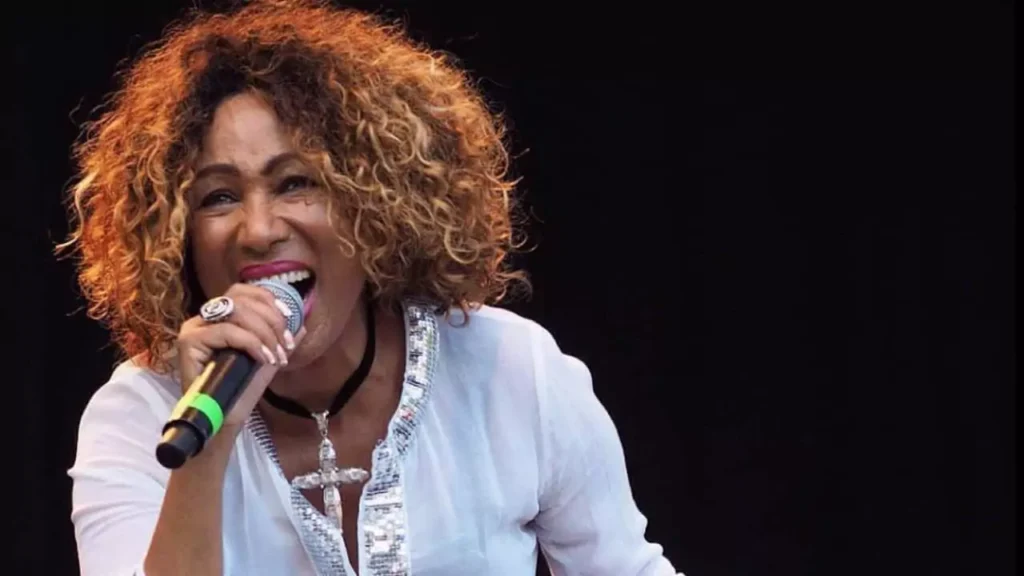
Ethiopia in the 1980s saw the emergence of new talented singers, including Ephrem Tamru, Aster Aweke, Netsanet Mellesse, and Hamelmal Abate. These singers were younger and more dynamic, bringing with them a modern sound and a new style of music. Most stayed within the country as it became virtually impossible to emigrate. Nonetheless, their influence was felt beyond the borders of Ethiopia and in neighboring countries. During this time, nightclubs were packed with music fans eager to hear Ethiopia’s gifted singers. The nation’s artists started experimenting with new instruments and sounds, taking traditional Ethiopian music in daring new directions, which was an exciting time for music fans all over the world.
Current Ethiopian Music
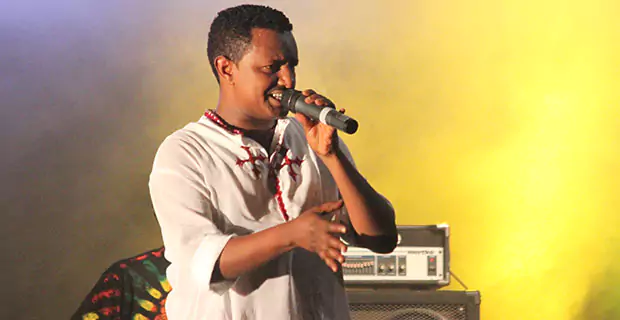
Today’s Ethiopian music is more diverse than ever. This influx of new energy created a fusion of traditional Ethiopian sounds and modern influences. Music lovers were captivated by the new sounds, and Ethiopian artists blended traditional instruments with western influences, even capturing international appeal. However, some traditionalists have resisted the changes, arguing that this music strays too far from its roots. Moreover, some feared that the nation’s traditional music might get lost as the modern musicians incorporated more and more western influences into their music.
Instruments
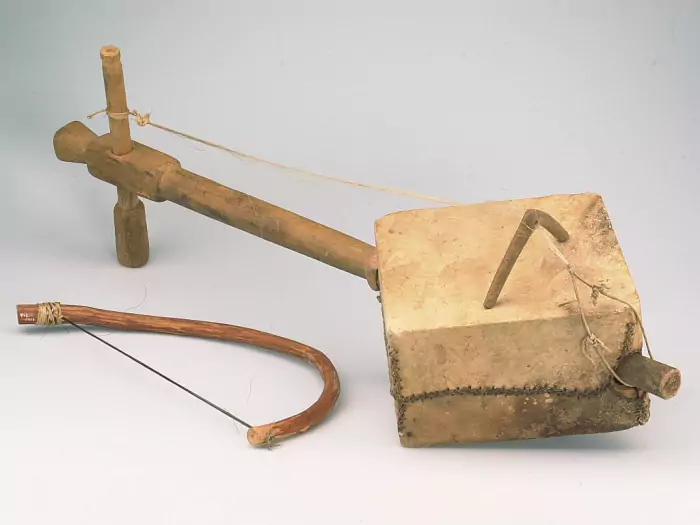
Among the dozen traditional Ethiopian music instruments, the most popular include the masenko, a one-stringed bowed lute; the washint, a flute-like instrument; the begena, a ten-stringed harp; and the krar, a five- or six-string lyre. Ethiopia has a long and varied history of using traditional musical instruments, and each one has a unique sound, rhythm, and playing style. The Ethiopians always have traditional musical instruments with them, whether they are participating in religious festivals, weddings, or regular activities. These traditional instruments produce music that is renowned for its distinctive and powerful sound, evoking the passion of Ethiopia’s culture and history. More music instruments have been developed and added to the traditional ones over time. Alongside the traditional instruments, the country adapted some foreign instruments as well.
Related Articles:
- Biography-of-Ejigayehu-shibabaw-gigi-childood-personal-life-music-career
- Biography-of-Aster-aweke-childhood-music-life-discography
- Tewodros-kassahun-teddy-afro-childhood-family-music
Types
Ethiopian music often uses a fundamental modal system called Kignit, which works within the parameters of the four traditional modes, or scales. These four modes are Tizita, Bati, Ambassel, and Anchihoye, and each of these can be further broken down into three variations, known as Tizita minor, Bati major, and Bati minor. These scales are a means of expressing emotion that can convey the feeling of sadness or happiness. In Bati mode, the majority of war songs had been created. On the other hand, songs about nostalgia and sadness tended to use Tizita, and in a limited way, the Ambarel scale. The other scales, however, are still used to convey these emotions. Anchihoye was also likely used to write spiritual songs. Additionally, the predominant scales used in the commercial recording of Ethiopia’s contemporary music are Bati minor and Tizita major.
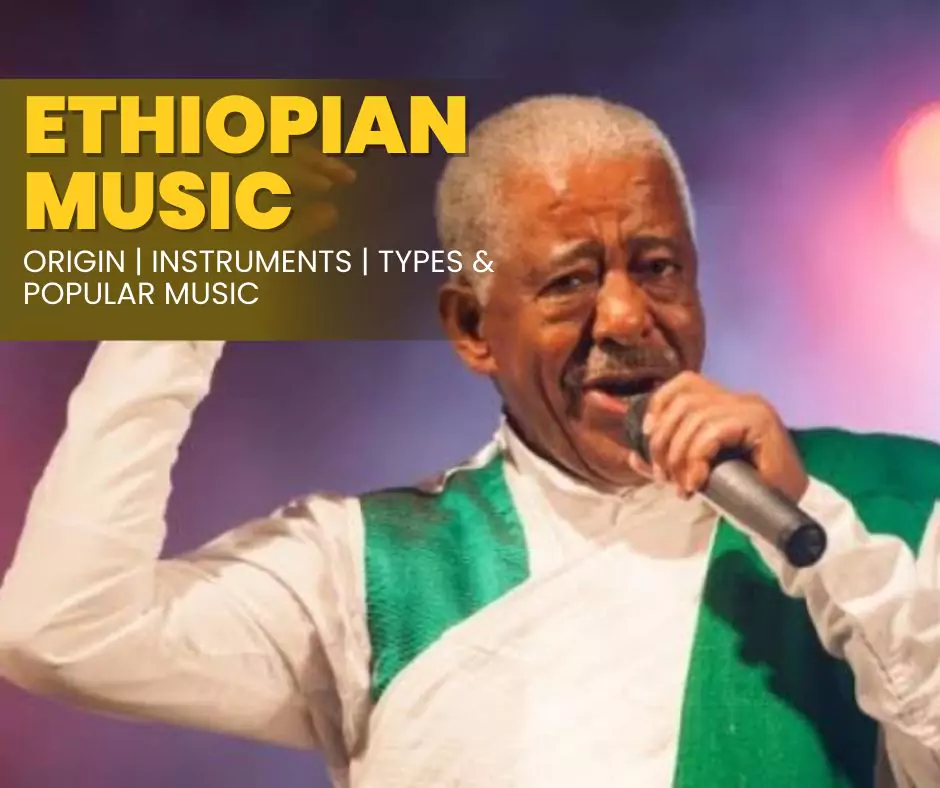
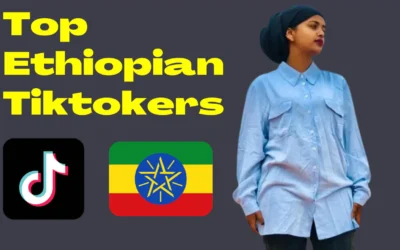


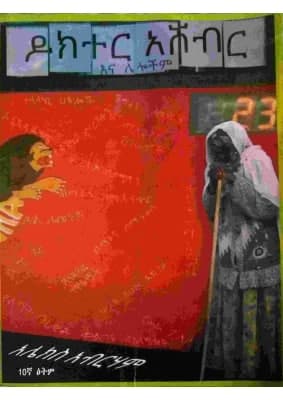
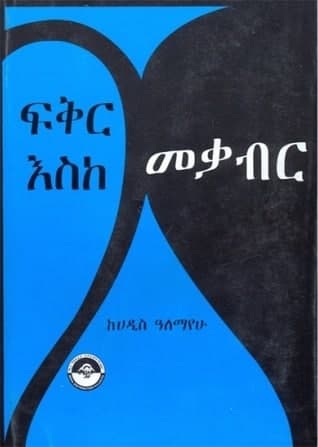
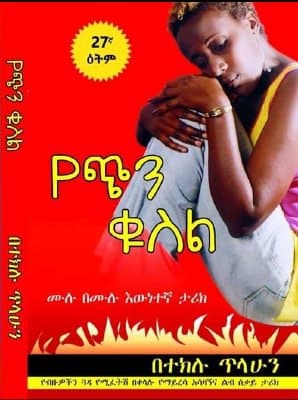
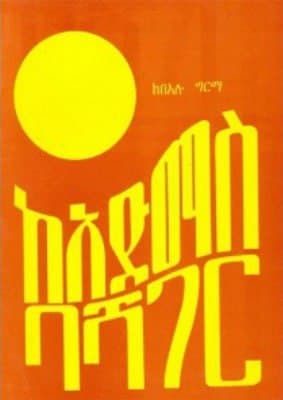
0 Comments